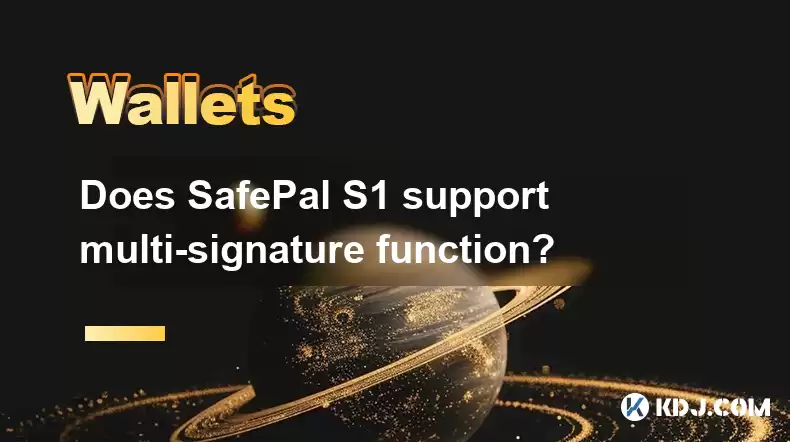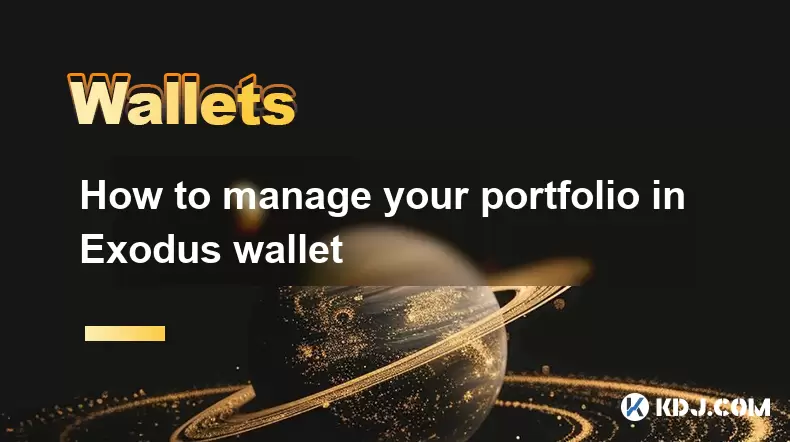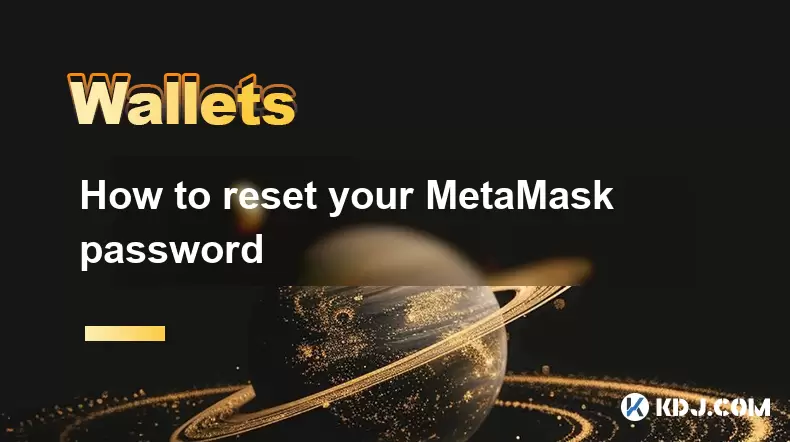-
 Bitcoin
Bitcoin $119000
-2.21% -
 Ethereum
Ethereum $4315
1.01% -
 XRP
XRP $3.151
-3.11% -
 Tether USDt
Tether USDt $0.0000
0.00% -
 BNB
BNB $808.5
-0.71% -
 Solana
Solana $175.8
-4.21% -
 USDC
USDC $0.9999
0.00% -
 Dogecoin
Dogecoin $0.2250
-3.92% -
 TRON
TRON $0.3469
1.77% -
 Cardano
Cardano $0.7818
-3.81% -
 Chainlink
Chainlink $21.47
-2.10% -
 Hyperliquid
Hyperliquid $43.30
-6.81% -
 Stellar
Stellar $0.4370
-2.84% -
 Sui
Sui $3.682
-4.40% -
 Bitcoin Cash
Bitcoin Cash $590.8
2.67% -
 Hedera
Hedera $0.2484
-5.20% -
 Ethena USDe
Ethena USDe $1.001
0.00% -
 Avalanche
Avalanche $23.10
-4.29% -
 Litecoin
Litecoin $119.2
-3.96% -
 Toncoin
Toncoin $3.409
0.90% -
 UNUS SED LEO
UNUS SED LEO $9.016
-1.29% -
 Shiba Inu
Shiba Inu $0.00001304
-3.82% -
 Uniswap
Uniswap $11.18
1.33% -
 Polkadot
Polkadot $3.913
-3.51% -
 Cronos
Cronos $0.1672
-3.08% -
 Dai
Dai $1.000
0.02% -
 Ethena
Ethena $0.7899
-4.70% -
 Bitget Token
Bitget Token $4.400
-1.23% -
 Pepe
Pepe $0.00001132
-5.93% -
 Monero
Monero $257.9
-6.44%
Does SafePal S1 support multi-signature function?
SafePal S1 doesn't support multi-signature natively but can be used with compatible software wallets for enhanced security in crypto transactions.
Mar 28, 2025 at 08:08 am

Understanding Multi-Signature Wallets and SafePal S1
The SafePal S1 hardware wallet is a popular choice for cryptocurrency storage, prioritizing security and user-friendliness. A key question many potential users have is whether it supports multi-signature functionality. This feature allows multiple parties to authorize transactions, significantly enhancing security. However, the answer regarding SafePal S1's support for multi-signature is a nuanced one, depending on the specific cryptocurrency and its underlying technology.
The SafePal S1 itself doesn't natively implement a multi-signature process within its hardware. It functions primarily as a secure storage device for private keys. The ability to use multi-signature depends entirely on the specific cryptocurrency's support for this feature on the blockchain level and whether the associated software wallet supports this.
How Multi-Signature Works in the Cryptocurrency Context
Multi-signature transactions require a predetermined number of signatures from a group of authorized individuals before a transaction can be executed. For instance, a 2-of-3 multi-signature setup necessitates the agreement of at least two out of three designated key holders to approve a transaction. This added layer of security prevents unauthorized access even if one key is compromised.
The implementation of multi-signature varies greatly depending on the blockchain. Some blockchains inherently support multi-signature functionality, while others might require specific protocols or smart contracts to enable it. This means that even if your chosen cryptocurrency supports multi-signature, it's crucial to verify that the specific wallet you're using is compatible.
SafePal S1 and Multi-Signature: The Practicalities
While the SafePal S1 hardware wallet doesn't directly handle multi-signature transactions internally, it can be used in conjunction with software wallets that do support this feature. This means you can securely store your private keys on the S1 device, and then use a compatible software wallet to initiate and sign multi-signature transactions.
This approach combines the security of hardware storage with the functionality of multi-signature wallets. However, it's important to exercise caution and thoroughly research the compatibility between your chosen cryptocurrency, the software wallet, and the SafePal S1. Always prioritize reputable and well-reviewed software wallets to minimize risks.
To use multi-signature with your SafePal S1, you'll typically need to:
- Choose a compatible software wallet: Research and select a software wallet explicitly supporting multi-signature for your desired cryptocurrency. Ensure it’s compatible with the SafePal S1.
- Generate multi-signature addresses: Use the chosen software wallet to create a multi-signature address. This address will require multiple signatures for transactions.
- Import keys into the software wallet: Import the private keys (from your SafePal S1) corresponding to the multi-signature address into the software wallet. Remember to never reveal these keys outside the secure environment of your SafePal S1.
- Securely manage keys: Maintain strict control over all private keys involved in the multi-signature setup. This is paramount to the security of your funds. Each key holder needs to independently manage their own private key.
- Coordinate with other signatories: Collaborate with other participants in the multi-signature arrangement to authorize transactions. This typically involves signing the transaction using your SafePal S1 and the software wallet.
Cryptocurrency Support and Compatibility Considerations
It's essential to understand that the support for multi-signature varies considerably across different cryptocurrencies. Some popular cryptocurrencies like Bitcoin and Ethereum have robust multi-signature capabilities, while others might have limited or no support.
Before implementing a multi-signature strategy, always verify that your chosen cryptocurrency explicitly supports it and that your selected software wallet is compatible with both the cryptocurrency and the SafePal S1. Incompatibility can lead to transaction failures or even loss of funds. Check the official documentation of both the cryptocurrency and the software wallet for compatibility information. Always prioritize verified and trustworthy sources.
Security Best Practices with SafePal S1 and Multi-Signature
Even with multi-signature, maintaining robust security practices is crucial. Never share your private keys with anyone, even other signatories. Instead, rely on secure communication channels to coordinate transaction approvals. Regularly update your software wallet and firmware for your SafePal S1 to benefit from the latest security patches.
Using a strong and unique password for your SafePal S1 is essential. Consider using a password manager to securely store and manage your passwords. Regularly back up your recovery phrase, but store it securely and offline. Never store your recovery phrase digitally.
Remember, the SafePal S1 primarily acts as a secure storage device. The multi-signature functionality itself is handled by external software wallets. Understanding this distinction is critical for implementing a secure and effective multi-signature strategy.
Frequently Asked Questions
Q: Does the SafePal S1 have a built-in multi-signature function?
A: No, the SafePal S1 does not have a built-in multi-signature function. It's a hardware wallet for secure storage of private keys. Multi-signature functionality relies on compatible software wallets and blockchain support.
Q: Can I use multi-signature with any cryptocurrency on my SafePal S1?
A: No. Multi-signature support depends on the specific cryptocurrency and the software wallet you use. Not all cryptocurrencies support multi-signature, and not all wallets are compatible with the SafePal S1.
Q: What are the security benefits of using multi-signature with my SafePal S1?
A: Using multi-signature with a compatible software wallet and your SafePal S1 adds an extra layer of security. It requires multiple approvals for any transaction, reducing the risk of unauthorized access even if one private key is compromised.
Q: What happens if I lose access to one of the keys in a multi-signature setup?
A: Depending on your multi-signature configuration (e.g., 2-of-3), you might still be able to access your funds if you have access to the required number of keys. However, losing access to a key can significantly complicate transactions.
Q: Are there any risks associated with using multi-signature with SafePal S1?
A: Yes, risks include choosing incompatible software wallets, losing access to one or more keys, and coordination challenges among multiple signatories. Thorough research and careful planning are crucial.
Q: Where can I find a compatible software wallet for multi-signature transactions?
A: Research and select reputable software wallets that explicitly support multi-signature for your chosen cryptocurrency and are compatible with the SafePal S1. Check reviews and official documentation before using any wallet.
Disclaimer:info@kdj.com
The information provided is not trading advice. kdj.com does not assume any responsibility for any investments made based on the information provided in this article. Cryptocurrencies are highly volatile and it is highly recommended that you invest with caution after thorough research!
If you believe that the content used on this website infringes your copyright, please contact us immediately (info@kdj.com) and we will delete it promptly.
- Japan, Bitcoin, and Treasuries: A New Era of Corporate Finance?
- 2025-08-12 18:30:12
- Bitcoin Bull Market: Decoding the Indicators for the Next Big Move
- 2025-08-12 18:30:12
- Do Kwon's Terra Collapse: From 'Not Guilty' to Guilty Plea?
- 2025-08-12 18:50:12
- Material Efficiency, Traceability, and Trust: The New Pillars of Sustainability
- 2025-08-12 18:50:12
- PumpFun (PUMP) Price: Riding the Meme Coin Wave or Facing a Wipeout?
- 2025-08-12 16:50:12
- Uniswap's Legal Clarity Fuels Price Target: Will UNI Hit $12.85?
- 2025-08-12 17:30:13
Related knowledge

How to manage your portfolio in Exodus wallet
Aug 08,2025 at 10:07pm
Understanding the Exodus Wallet InterfaceThe Exodus wallet is a non-custodial cryptocurrency wallet that supports a wide range of digital assets. When...

How to reset your MetaMask password
Aug 08,2025 at 01:28pm
Understanding the MetaMask Password Reset ProcessMany users confuse the MetaMask password with the seed phrase or private key, but they serve differen...

How to buy Dogecoin on MetaMask
Aug 08,2025 at 03:42am
Understanding Dogecoin and MetaMask CompatibilityDogecoin (DOGE) is a popular meme-based cryptocurrency that operates on its own blockchain, originall...

How to switch between networks in Trust Wallet
Aug 09,2025 at 11:07am
Understanding Network Switching in Trust WalletSwitching between networks in Trust Wallet allows users to manage assets across different blockchains, ...

How to set up Face ID for MetaMask
Aug 12,2025 at 02:42am
Understanding Face ID and Its Role in MetaMask SecurityMetaMask is a widely used cryptocurrency wallet that allows users to interact with the Ethereum...

How to set up Face ID for MetaMask
Aug 11,2025 at 09:28am
Understanding Face ID and Its Role in MetaMask SecurityFace ID is a biometric authentication system developed by Apple that uses facial recognition to...

How to manage your portfolio in Exodus wallet
Aug 08,2025 at 10:07pm
Understanding the Exodus Wallet InterfaceThe Exodus wallet is a non-custodial cryptocurrency wallet that supports a wide range of digital assets. When...

How to reset your MetaMask password
Aug 08,2025 at 01:28pm
Understanding the MetaMask Password Reset ProcessMany users confuse the MetaMask password with the seed phrase or private key, but they serve differen...

How to buy Dogecoin on MetaMask
Aug 08,2025 at 03:42am
Understanding Dogecoin and MetaMask CompatibilityDogecoin (DOGE) is a popular meme-based cryptocurrency that operates on its own blockchain, originall...

How to switch between networks in Trust Wallet
Aug 09,2025 at 11:07am
Understanding Network Switching in Trust WalletSwitching between networks in Trust Wallet allows users to manage assets across different blockchains, ...

How to set up Face ID for MetaMask
Aug 12,2025 at 02:42am
Understanding Face ID and Its Role in MetaMask SecurityMetaMask is a widely used cryptocurrency wallet that allows users to interact with the Ethereum...

How to set up Face ID for MetaMask
Aug 11,2025 at 09:28am
Understanding Face ID and Its Role in MetaMask SecurityFace ID is a biometric authentication system developed by Apple that uses facial recognition to...
See all articles

























































































